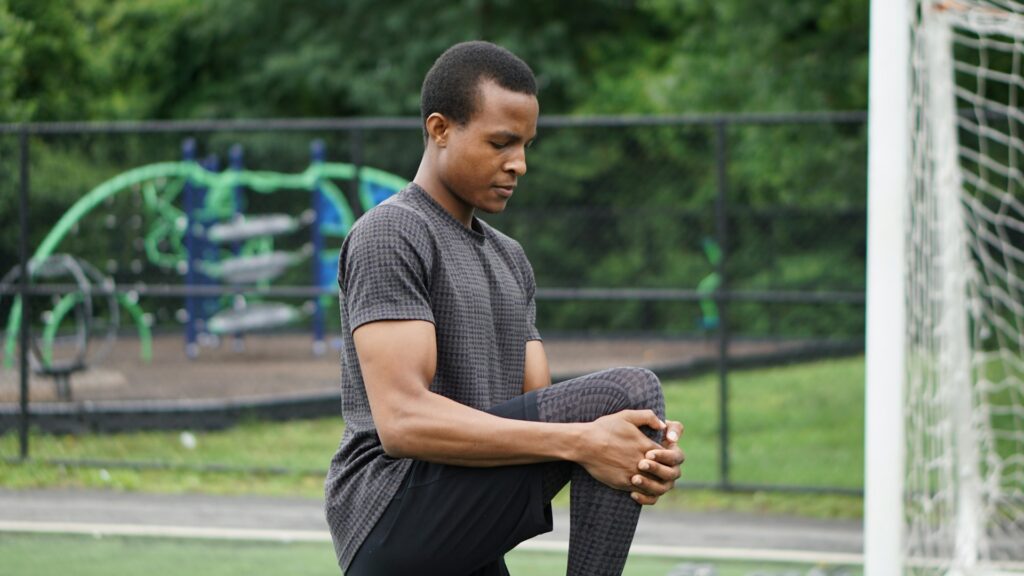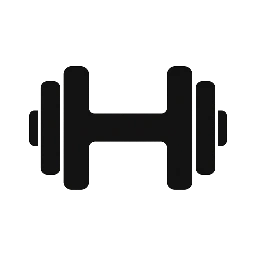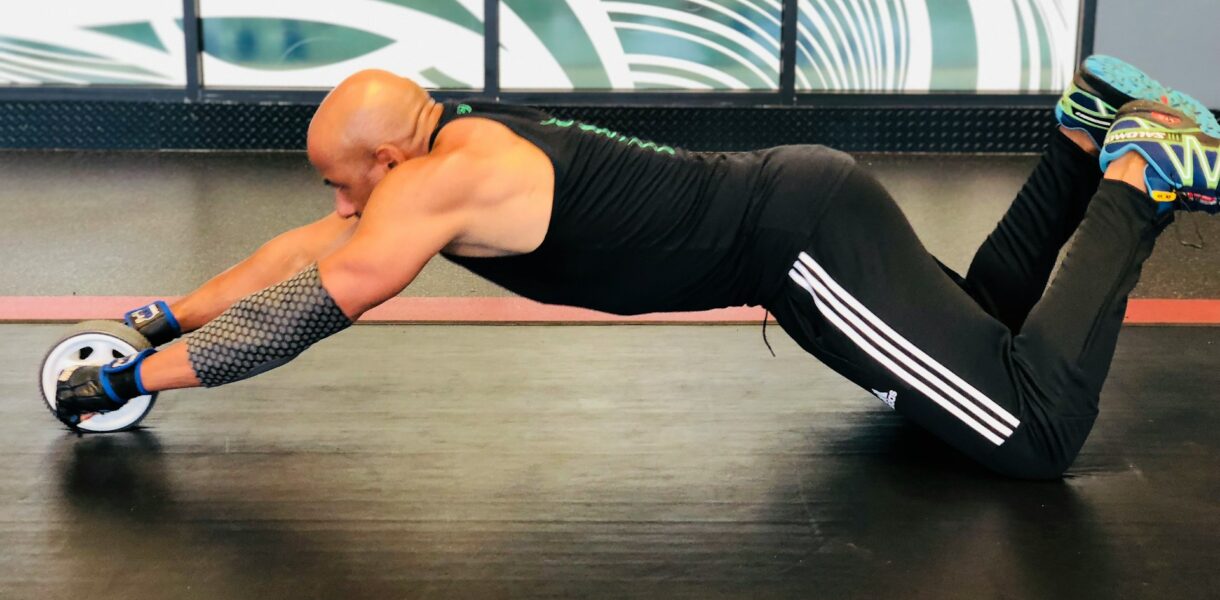It’s a common misconception that building muscle after 40 becomes nearly impossible after a certain age. We’ve all heard the whispers and read articles about slowing metabolism and declining strength, but here’s the empowering truth. It is possible to build muscle, increase strength, and transform your body at 40, 50, and beyond.
Weightlifting, especially with the versatile dumbbell, offers a fountain of opportunity for your physical well being. Beyond the aesthetic benefits of a more toned physique, regular strength training for anyone over 40 can significantly improve bone density (crucial for combating osteoporosis), boost metabolism, enhance joint stability, improve balance and finally reduce the risk of injury form daily task. It’s also about feeling great, living vibrantly, and maintaining your independence for years to come.
So, where should you begin your weight lifting journey?
Mastering Good Form
Before you even think about how much weight to lift, your absolute top priority must be learning the right form. This isn’t just a suggestion; it’s the bedrock of safe and effective weightlifting. Why is it so crucial?
- Injury Prevention: Incorrect form is the fastest way to sideline yourself with an injury. Your joints, ligaments, and muscles are precious, and respecting them with proper movement patterns will keep you training consistently and safely.
- Maximizing Muscle Activation: When you use the correct form, you ensure that the target muscles are doing the work they’re supposed to. This leads to more efficient workouts and better results. Poor form often leads to unintended muscle compensating which can lead pulling a muscle.
- Long Term Progress: Good form allows you to progress safely and effectively over time. As you get stronger, you’ll be able to lift heavier weights with confidence.
Don’t be afraid to start with very light dumbbells, or even just your bodyweight to practice movements like squats, lunges, rows, and push ups. Watch instructional videos, consider a session or two with a qualified personal trainer, or even use a mirror to observe your own movements. Focus on slow, controlled repetitions, feeling the muscle work through the full range of motion. Now lets move forward into what you should not do!.
Avoid the “No Pain, No gain” Trap
Avoid the outdated and potentially dangerous adage, especially as you embark on your fitness journey. While you should feel your muscles working and experience fatigue toward the end of a set, sharp pain is unnatural and can be a sign your body is telling you something is wrong. Pushing through sharp or persistent pain can lead to serious injury side tracking your progress. Listen to your body, distinguish between muscle fatigue and joint pain to prevent long term pain. Your goal is sustainable progress, not immediate gratification at the expense of your well being.
Understand Muscle Building and Why You Lose Muscle Mass
Our bodies are incredible and they are designed to adapt. When you lift weights, you create tiny microscopic tears in your muscle fibers. During rest and with proper nutrition, your body repairs these tears making muscle fibers stronger and slightly larger. This process is called hypertrophy or muscle growth.
As we age, a natural process called sarcopenia occurs which is loss of muscle mass and strength. This process typically begins as early as our 30s and can accelerate after 40 leading to a decrease metabolism, strength, and overall functional capacity. Weight lifting is your most powerful weapon against sarcopenia, by consistently challenging your muscle. The process of weight lifting can often reverse the muscle lost and regain mass and strength leading to significant gaining muscle after 40. This is why it’s so encouraging to know that you’re not just maintaining but actively rebuilding and working to build muscle mass after 40.
Never Compromise Good Form for Heavier Weight
Please reread the point and it is most important to understand during your weight lifting journey. It’s tempting to want to lift the heaviest dumbbell in the gym, but never at the expense of your form. Lifting too heavy with poor form is a recipe for injury and ineffective training. It’s far better to lift a lighter weight with perfect form, truly engaging the target muscle group than to cheat the form only to risk injury. Focus on the muscle connection, feeling the contraction and extension. As your strength increases, the weights will slowly begin to feel lighter.
Don’t Skip Warm Ups

Think of warming up as preparing your body for action similar to stretching before a long run. A proper warm up increases blood flow to your muscles, raising your core body temperature, improving joint lubrication, and finally making your muscles more pliable and less prone to injury. Skipping this crucial step is like asking a cold stiff machinery to perform at its peak.
A good warm up doesn’t need to be long. A simple 5 minute dynamic stretches and light bodyweight versions of exercises you are about to perform will significantly reduce your risk of injury and improving your performance.
Starting your weightlifting journey after 40 is not just about physical transformation; it’s about reclaiming your strength, boosting your confidence, and investing in a healthier more vibrant you. Embrace the process, be patient with yourself, celebrate your small victories and remember that every rep is a step toward a stronger you!.



